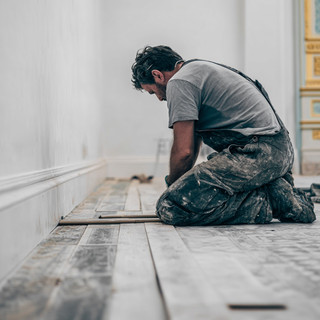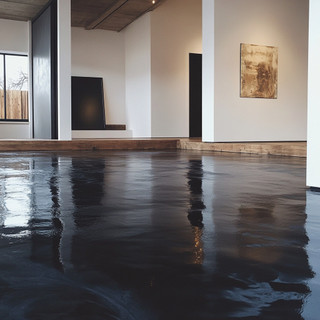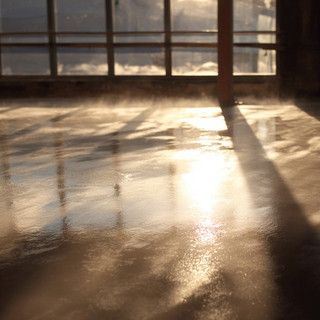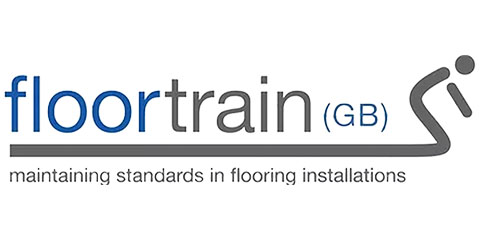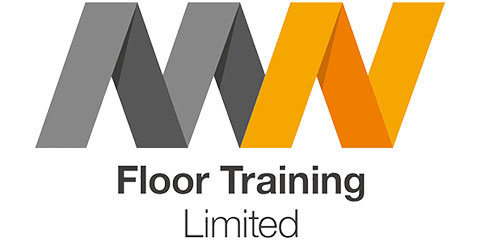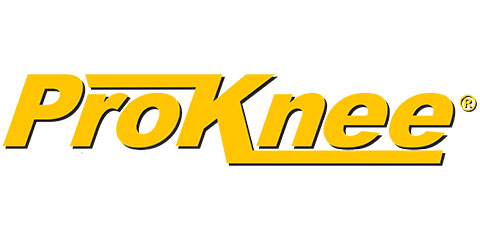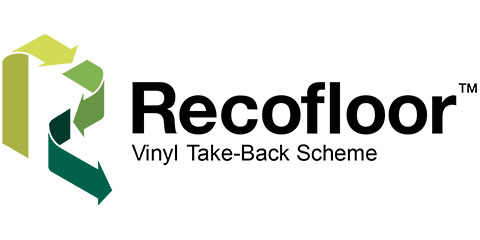What Does LRV Mean in Flooring?
Posted by Teri-Ann Fisher on 10th Apr 2025
If you’ve been exploring flooring options recently, you may have come across the term “LRV” in product descriptions. But what does LRV actually mean, and why should it matter when choosing your flooring? In this blog, we’ll break down everything you need to know about LRV and how it can influence your interior design decisions.
What is LRV?
LRV stands for Light Reflectance Value. It’s a measurement, expressed as a percentage, of how much visible light a surface reflects. The scale ranges from 0 to 100, where 0 means no light is reflected (absolute black) and 100 means all light is reflected (pure white).
In practical terms, a high LRV means the floor will reflect more light, making the space appear brighter and more open. A low LRV means the floor absorbs more light, resulting in a darker and often more dramatic effect.
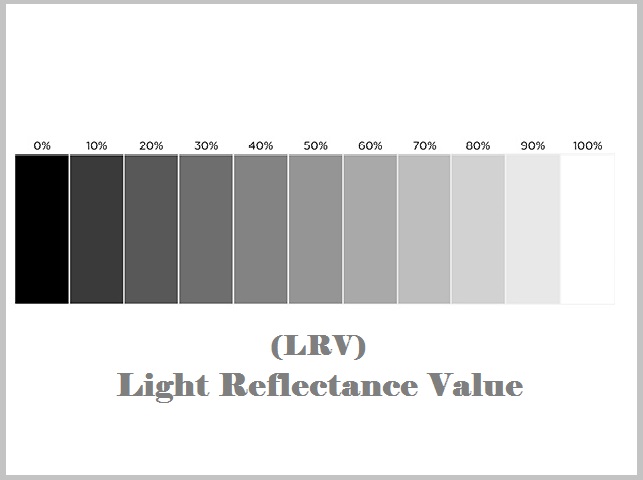
Why is LRV Important in Flooring?
Lighting and Mood
The amount of light a room receives—both natural and artificial—can dramatically change the appearance and feel of the space. Lighter flooring (high LRV) can help bounce light around, creating a brighter, more airy environment. This is especially useful in small or dimly lit rooms.
Energy Efficiency
In commercial spaces, using flooring with a higher LRV can reduce the need for artificial lighting, potentially lowering energy costs.
Design and Contrast
LRV helps designers plan for contrast between floors, walls, and ceilings. For example, pairing a low LRV floor with a high LRV wall colour can create a bold and stylish contrast.
Accessibility and Safety
In public buildings and workplaces, certain regulations may require a specific difference in LRV between surfaces (like the floor and adjacent walls or stairs) to improve visibility and reduce trip hazards—especially for those with visual impairments.
How is LRV Measured?
LRV is typically determined using a device called a reflectometer. Flooring manufacturers will often provide this value on product specifications, especially for vinyl, laminate, and commercial flooring ranges.
Choosing the Right LRV for Your Floor
There’s no one-size-fits-all answer, as the best LRV for your floor depends on your design goals:
- Want to brighten up a space? Go for flooring with a higher LRV (above 50%).
- Looking for warmth and depth? Lower LRV flooring (below 30%) adds a cosy, grounded feel.
- Need something versatile? Mid-range LRVs (30–50%) tend to work well in a variety of settings and lighting conditions.
Final Thoughts
Understanding LRV can give you an extra edge when selecting flooring that doesn’t just look good but also enhances the functionality and feel of your space. Whether you're redesigning a home or outfitting a commercial property, taking LRV into account is a smart move.
Have a specific flooring product in mind and want to understand its LRV better? Let us know and we will be happy to help!


